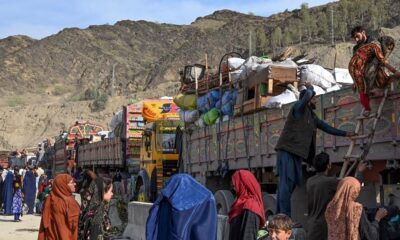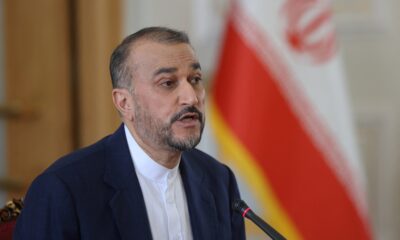Business
IEA won’t be allowed access to Afghan central bank reserves: US
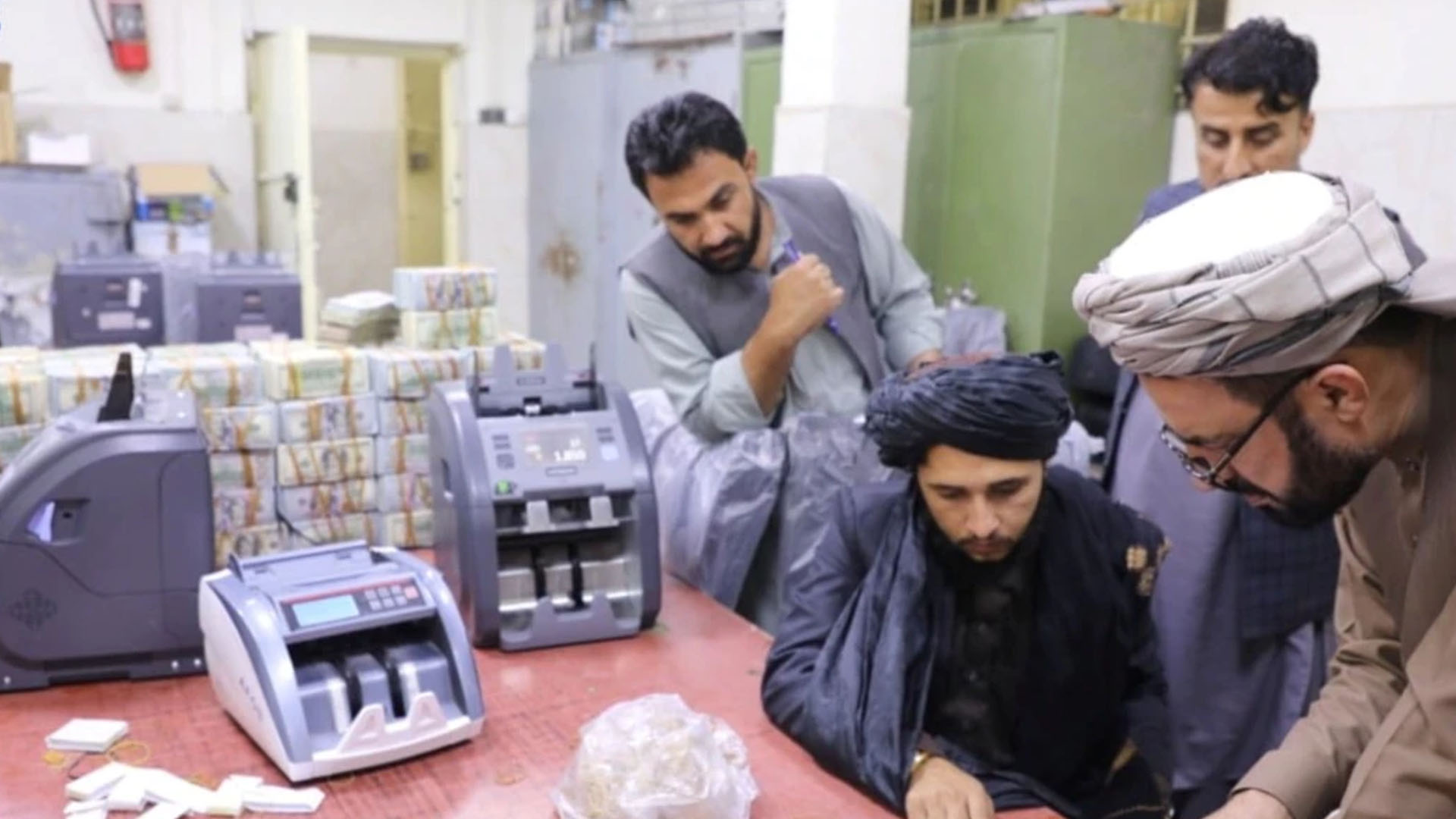
Deputy U.S. Treasury Secretary Wally Adeyemo on Tuesday said he sees no situation where the Islamic Emirate of Afghanistan (IEA) who regained power in Afghanistan in August, would be allowed access to Afghan central bank reserves, which are largely held in the United States.
The IEA have called for the United States to lift a block on more than $9 billion of Afghan central bank reserves held outside the country as the government struggles to contain a deepening economic crisis.
“We believe that it’s essential that we maintain our sanctions against the Taliban (IEA) but at the same time find ways for legitimate humanitarian assistance to get to the Afghan people. That’s exactly what we’re doing,” Adeyemo told the Senate Banking Committee.
The IEA took back power in Afghanistan in August after the United States pulled out its troops, almost 20 years after the IEA were ousted by U.S.-led forces following the Sept. 11, 2001, attacks on the United States.
Washington and other Western countries are grappling with difficult choices as a severe humanitarian crisis looms large in Afghanistan. They are trying to work out how to engage with the IEA without granting them the legitimacy they seek, while ensuring humanitarian aid flows into the country.
“Our goal is to make sure that we are implementing our sanctions regime against the Taliban (IEA) and the Haqqani network, but at the same time allowing for the permissible flow of humanitarian assistance into the country,” Adeyemo said.
The Haqqani network is a group affiliated with the IEA based near the border with Pakistan and blamed for some of the worst suicide attacks of the war.
Adeyemo said the Treasury was taking every step it could within its sanctions regime to make clear to humanitarian groups that Washington wants to facilitate the flow of aid to the Afghan people, but warned that for humanitarian assistance to flow, the IEA have to allow it to happen within the country.
The Treasury last month further paved the way for aid to flow to Afghanistan despite U.S. sanctions on the IEA when it issued two general licenses.
Business
Afghanistan’s economic prospects are bleak: World Bank

The absence of GDP growth coupled with declining external financing avenues for off-budget expenditures paint a bleak picture of Afghanistan’s economic prospects, the World Bank said.
After a severe 20.7 percent GDP contraction in 2021, the Afghan economy contracted further by 6.2 percent in 2022, the bank said in a report.
“While Afghanistan’s agricultural and subsistence economy, including illicit opium production, provided some resilience in rural areas, higher prices, reduced demand, lower employment, and disruptions to services had severe impacts across the country,” it said.
The proportion of households that did not have enough income to meet basic food needs more than doubled from 16 percent to 36 percent in this period, according to the bank.
In the context of deep concerns about the policies of the Islamic Emirate of Afghanistan (IEA), including restrictions imposed on women and girls, the international community, including the World Bank, recalibrated its approach to supporting Afghanistan: first to providing humanitarian support and then to providing off-budget support for basic service delivery and livelihoods.
However, IEA moved to restore domestic revenues, which reached $2.2 billion or 15 percent of GDP in 2022. “Nevertheless, overall economic activity remained depressed, unemployment stayed high, and the banking sector was dysfunctional due to constraints on international transfers and concerns about liquidity and solvency.”
World Bank said that Afghanistan’s economic outlook remains uncertain, with the threat of stagnation looming large until at least 2025. “This economic stagnation will deepen poverty and unemployment, with job opportunities expected to decrease and food insecurity expected to increase.”
The bank noted that for a sustainable future, Afghanistan needs to focus on its comparative advantages, particularly in the agricultural and extractive sectors. Agriculture could be a key driver of growth and poverty reduction, with the potential to create jobs, it added.
Business
Commerce ministry inks 10 MoUs to boost development of small and medium-sized businesses
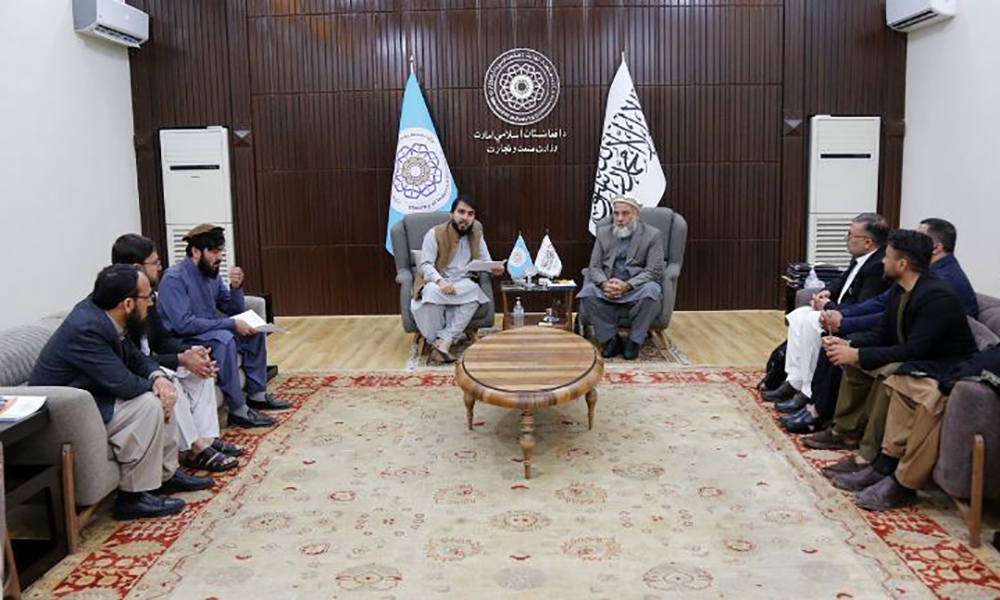
The Ministry of Commerce and Industry said Thursday it has signed cooperation agreements with ten institutions to support the development of small and medium-sized enterprises.
Nooruddin Azizi, Acting Minister of Commerce and Industry, said: “In the implementation of projects, we must pay special attention to our activities and actions and try to make useful use of the projects according to the requirements and benefit the beneficiaries.”
These ten institutions are to present their projects, the total value of which is around over $1.1 million. The projects will be carried out in Kabul, Baghlan, Ghor, Herat, Logar, Nangarhar, Balkh, Badakhshan and Jawzjan provinces and provide direct jobs for about 1,000.
To date, the ministry has signed MoUs for 72 projects in total, collectively valued at about $53.6 million.
These agreements have been signed with domestic and foreign companies for the establishment of small and medium-sized businesses.
In accordance with the principles and laws of the Islamic Emirate and prioritizing the implementation of projects for immigrants and returnees and internally displaced people, the ministry said 635,865 people will benefit through jobs directly and over 4.3 million will benefit indirectly in 25 provinces once these projects are implemented.
Business
Export volume totals over $140 million in last month of 1402
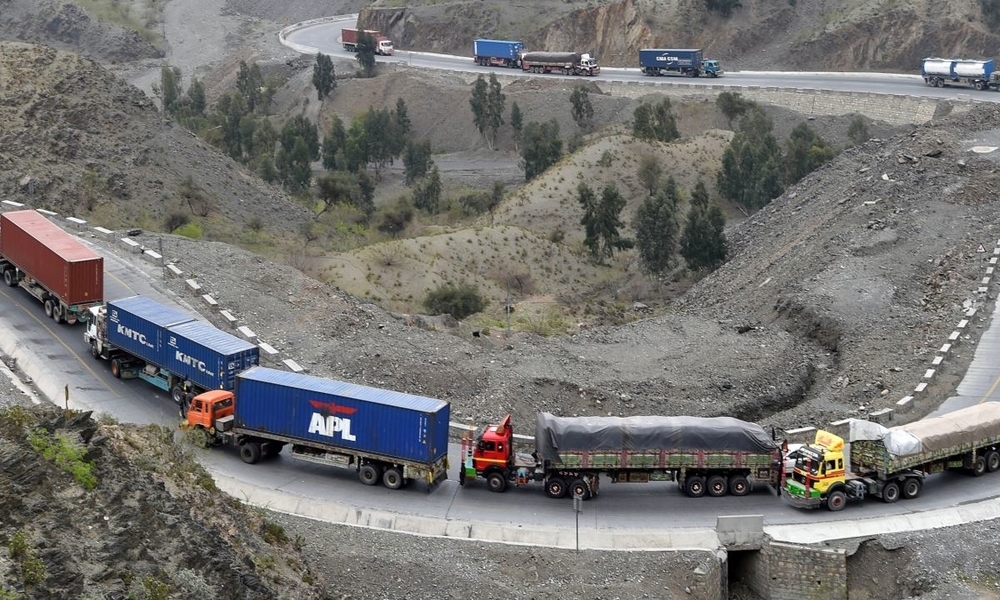
The National Statistics and Information Authority (NSIA) confirmed Tuesday that in the last month of solar year 1402, (March 2024) Afghanistan’s exports totaled $141.1 million and imports totaled $789.6 million.
This was down from $174 million for exports in the same period in 1401. However, imports increased by $99.2 million in 1402, up from $690.4 million.
Most exports in the last month of 1402 went to Pakistan, India and the United Arab Emirates, while in the last month of 1401 exports went to Pakistan, India and China.
-

 Sport5 days ago
Sport5 days agoACL fever grows as fixtures finalized
-

 Latest News5 days ago
Latest News5 days agoUS identifies Kabul airport suicide bomber
-

 World4 days ago
World4 days agoIsraeli military vows response to Iran attack as calls for restraint mount
-

 Sport3 days ago
Sport3 days agoATN secures exclusive rights to broadcast Paris 2024 Olympics
-
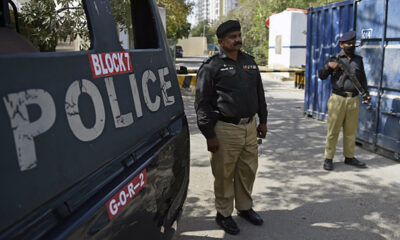
 Latest News4 days ago
Latest News4 days agoPakistani police give Afghans in Balochistan one day to leave
-
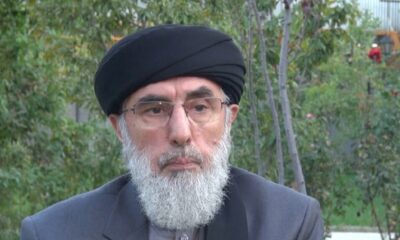
 Latest News4 days ago
Latest News4 days agoHekmatyar slams US for ‘occupying’ Afghanistan’s airspace
-

 Latest News4 days ago
Latest News4 days agoMedia Violation Commission bans two TV channels
-

 Latest News3 days ago
Latest News3 days agoMore needs to be done to boost local industry, says Kabir




